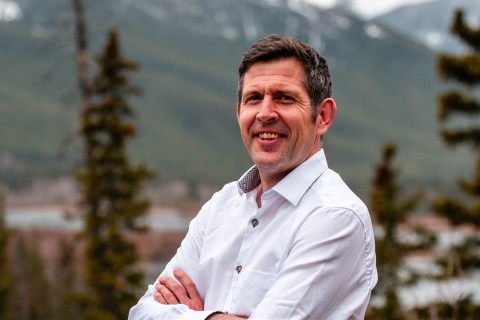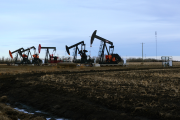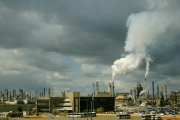It pays to be a good neighbour, especially when your neighbour is also your number one customer. Albertans who want to maintain a robust oilsands sector in our province would be wise to heed that advice.
In a landmark speech on climate change last week, U.S. President Barack Obama said that the climate impact of the Keystone XL pipeline “will be absolutely critical” to his decision as to whether the project will proceed.
Obama’s decision to include Keystone — which would run from Hardisty, Alta., to Steele City, Neb. — in a climate speech in the first place is telling. He has now made a crystal-clear link between oilsands pipelines and the greenhouse gas emissions from the product they transport.
Alberta’s oilsands are the fastest-growing source of greenhouse gas emissions in Canada, and therefore the largest barrier to Canada meeting our international climate commitments under the Copenhagen Accord. That’s important because we share those commitments with the United States. How Alberta manages emissions from the oilsands is critically important to our relationship with our largest trading partner.
How Alberta manages emissions from the oilsands is critically important to our relationship with our largest trading partner.
The Pembina Institute has long maintained that better environmental performance — especially in terms of greenhouse gas emissions — is necessary for the oilsands to earn social license and compete in the global market. That message has only been reinforced by emerging policies in the European Union and California that promote lower-carbon fuels, and now by Obama’s position on Keystone.
This spring, it looked like the Government of Alberta had seen the writing on the wall: word leaked out in newspaper reports that they were considering a more robust approach to greenhouse gas emissions.
At the time, we credited Environment Minister Diana McQueen and her government for acknowledging that Alberta needs to improve its performance and starting the work of updating the province’s carbon pricing system. But since then, perhaps due to negative pushback from the energy sector, the government has gone quiet.
Alberta has had greenhouse gas regulations for years, but they are relatively feeble. The levy an oilsands producer pays for not reducing emissions works out to less than 10 cents per barrel, meaning the incentive to invest in technological fixes is very low. Setting a meaningful price on carbon price would encourage companies to innovate and invest more in emissions controls.
Given the importance of Alberta’s energy export markets, it’s surprising that the federal and provincial governments are dragging their feet on this issue.
Alberta’s current approach to greenhouse gas emissions has also been criticized for being out-of-date — its stringency has not changed since the rules took effect in 2007. In contrast, British Columbia’s price on carbon was inaugurated at $10 per tonne and gradually increased until it reached $30 per tonne last year. The average cost of compliance for a company with B.C.’s system is roughly 16 times more than in Alberta, yet the economy on the other side of the Rockies is doing just fine – undermining the argument that reducing our greenhouse gas emissions is bad for business.
A meaningful price on carbon, along with a plan to meet Canada’s climate commitments, would significantly strengthen Alberta’s case for Keystone among U.S. policy makers. Given the importance of Alberta’s energy export markets, it’s surprising that the federal and provincial governments are dragging their feet on this issue. If Obama decides to reject Keystone, they will be guilty of failing to heed the truest adage of all: “The customer is always right.”







